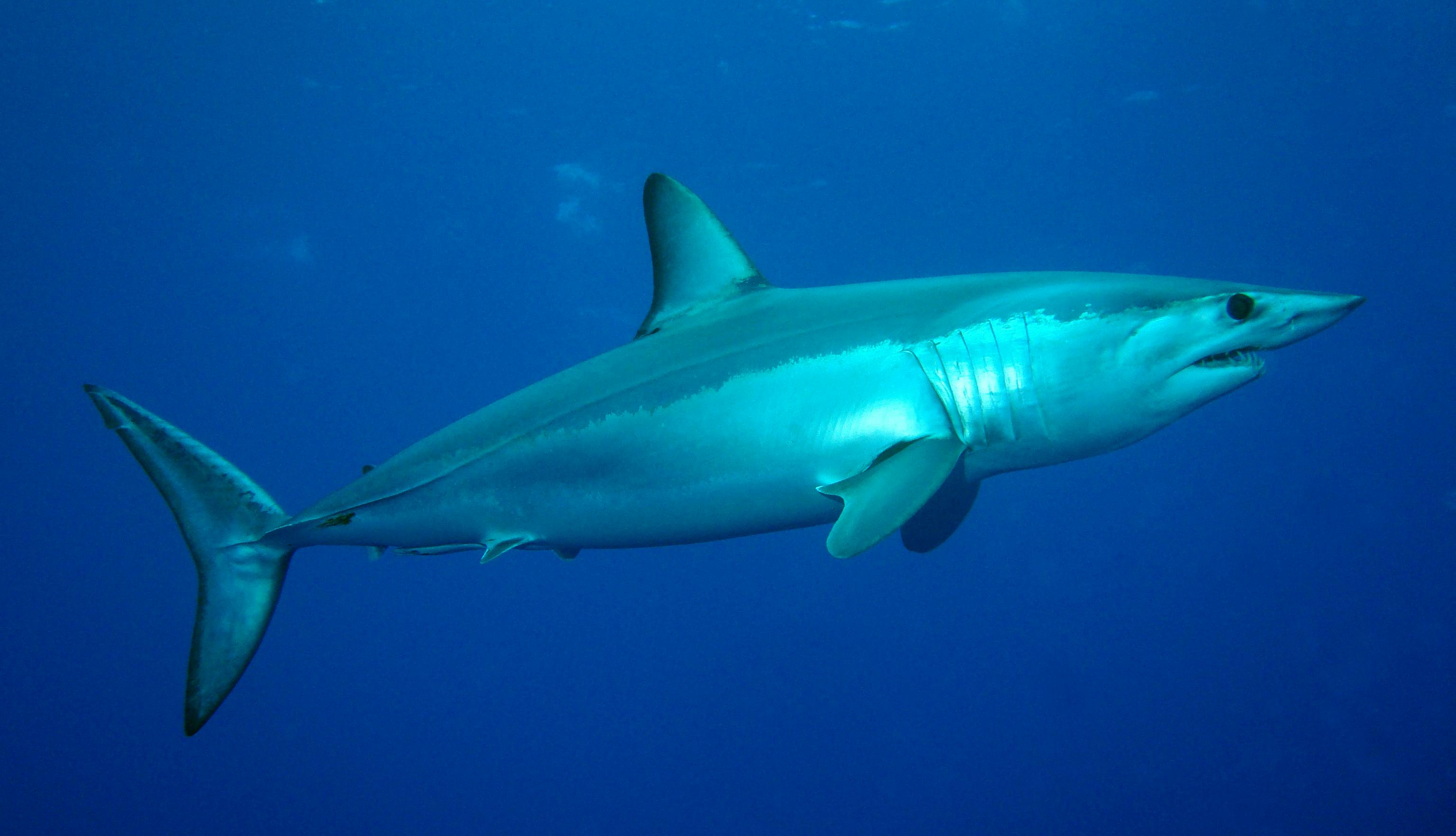Authors: Luke Warwick, Associate Director, WCS Sharks and Rays Programme, and Lee Crockett, Executive Director, Shark Conservation Fund
Last year was a watershed moment in the journey of shark conservation. In 2019, 18 additional sharks and rays were listed on Appendix II of the Convention on the International Trade in Endangered Species of wild fauna and flora (CITES). The bold move, supported by multiple countries, nearly doubled the number of CITES-listed shark and ray species to 46, the largest number of sharks and rays listed at any CITES meeting.
“If conservation of sharks and rays is currently at version 1.0, CITES listings, and the implementation and enforcement of them by countries around the world, have the potential to take it to 2.0.”
This continued mainstreaming of shark and ray conservation via CITES, the world’s premier wildlife conservation and trade convention, makes possible a step-change in the fight to reduce the unsustainable mortality rates of one of the world’s most threatened groups of vertebrates. If conservation of sharks and rays is currently at version 1.0, CITES listings, and the implementation and enforcement of them by countries around the world have the potential to take it to 2.0.
The shark and ray species listed over the last decade amount to around 25% of the global trade in shark fins that continues to drive global shark declines. For many of these species, there is currently no management in place in much of the world. CITES holds a strong track record of driving conservation success, and countries are now under increasing pressure to rapidly progress domestic implementation of these listings. However, many governments where the trade in shark and ray products is most severe often lack the tools and capacity to act effectively.
“Implementation of the CITES listings requires a powerful commitment to the on-the-water work of evidence-based research and engaging on the ground with communities, including fisheries managers, port officials, fishing operators, and others.”
A major new SCF-funded program, led by the Wildlife Conservation Society (WCS), but working with partners like the International Fund for Animal Welfare, Humane Society International and Blue Resources Trust around the world, is now underway to drive this crucial implementation work forward. This work combines with linked SCF-funded WCS projects in the South West Indian Ocean and Indonesia that are also built around CITES implementation. The goal is to turn the CITES listings into mortality reductions on the water, in major shark and ray fishing countries, and key trading nations globally.
Work will focus on a wide range of countries, including Colombia, Costa Rica, Trinidad and Tobago, Gabon, Congo, Senegal, United Arab Emirates, Oman, Bangladesh, India, Sri Lanka, Malaysia and Singapore. The program will enable close work with governments, as well as local NGOs and scientists, to deliver changes to fisheries management or species protection policies, underpinned by vastly improved data collection on shark and ray catch and trade.
“Since regularly traded sharks were first listed on CITES Appendix II in 2013, global shark conservation action has significantly increased – but it still has a long way to go. The good news is, we know much more now about how to make implementation work.”
Since regularly traded sharks were first listed on CITES Appendix II in 2013, global shark conservation action has significantly increased – but it still has a long way to go. The good news is, we know much more now about how to make implementation work. The first step is for countries to develop Non-Detriment Findings (NDFs) to assess if it’s possible to continue international trade with new fisheries management measures like catch limits, or whether governments need to put in place more stringent domestic management measures that may include prohibiting the catch and trade in these species.
Implementation of the CITES listings is a vital building block to advance shark and ray conservation globally. The next step is to then get the relevant regulations in place – with the driver being that CITES listings carry a strong incentive for compliance (hefty trade sanctions can be imposed for non-compliance). Implementing the regulations requires solutions to ensure sufficient scientific information and community support is in place– something WCS and its partners have proven ability to achieve, and this project will focus on.
The SCF grant will also support the development of a wide range of technical materials and papers associated with CITES shark listings, including refined implementation tools, research into implementation impacts to date, and an analysis of potential additional species that would benefit from CITES listing.
“WCS and its partners will now be able to step up getting the expertise and support to where it is needed, to assist countries to significantly shift the needle in using these trade focused listings to lower shark and ray mortality.”
Implementation of the CITES listings is a vital building block to advance shark and ray conservation globally. It requires a powerful commitment to the on-the-water work of evidence-based research and engaging on the ground with communities, fisheries managers, port officials, fishing operators, and others. WCS and its partners will now be able to step up getting the expertise and support to where it is needed, to assist countries to significantly shift the needle in using these trade focused listings to improve global fisheries management, and thereby lowering shark and ray mortality across the globe.



